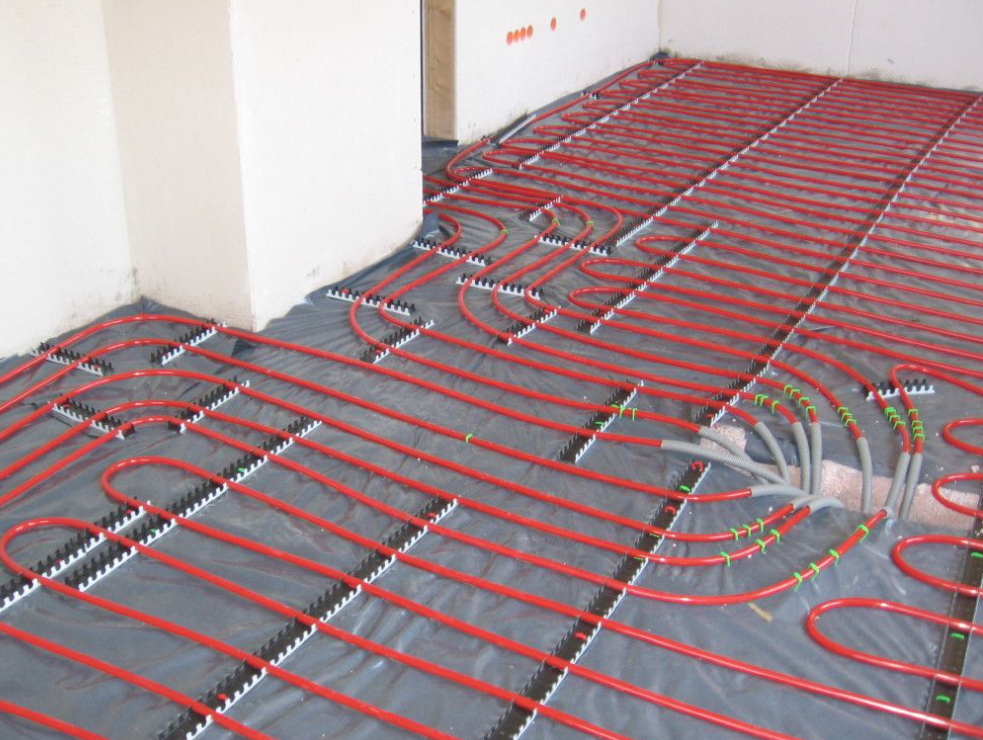Installing a floor heating system is a great way to add comfort and luxury to your home. Not only does it provide efficient heating, but it also eliminates the need for unsightly radiators or baseboard heaters. While hiring professionals might be the first choice for many homeowners, there are also DIY enthusiasts who prefer taking matters into their own hands. In this post, we will share some valuable DIY tips for installing your own floor heating system.

Choosing the Right System
Before diving into the installation of floor heating in Vancouver, it is important to choose the right floor heating system for your home. There are various options available, including electric radiant heat and hydronic (water-based) systems. It’s crucial to consider factors like cost, effectiveness, and compatibility with your existing flooring before making a decision.
Preparation Is Key
Proper preparation is essential when installing a floor heating system by yourself. Start by measuring the room carefully and planning out the placement of the heating elements. This step will help avoid any unnecessary obstacles during installation. Next, make sure that your subfloor is in good condition and suitable for heat installation. Repair any cracks or damaged areas before proceeding further.
Laying the Heating Elements
When laying down the heating elements, it is important to follow the manufacturer’s instructions carefully. Begin by marking reference lines on your subfloor according to the layout plan you created earlier. Lay out an easily adjustable grid using tape or another marking tool so that you can ensure accurate placement of each element.
Next comes cutting and attaching mesh or tracks on which the heating cable will be secured. Remember to maintain proper spacing between each track following manufacturer guidelines provided with your purchased system.
Installation of Electric Radiant Heat Systems
If you have chosen an electric radiant heat system for underneath your floors, then you’ll need to familiarize yourself with its installation process specifically.
Firstly, plan where you want to install floor sensors and make wire connections accordingly. Create a separate conduit or channel to house and protect the sensor. Be sure to install conduit boxes that provide easy access for future maintenance. This step helps regulate the consistency and efficiency of heating throughout the room.
After this, it’s time to secure the heating cable onto your mesh with plastic strips. Make sure not to overlap or cross any cables, as this can lead to hot spots that might cause damage over time.
Installation of Hydronic Systems
For those who opt for hydronic floor heating systems, the installation process is slightly different. In this case, you’ll need to connect plastic pipes through which heated water will flow.
Start by arranging your panels according to your planned layout. Determine tube spacing and secure it tightly using metal or plastic clips provided in the system kit. Make sure that everything is properly aligned before proceeding further.
System Testing
Once you have completed the installation, double-check all connection points and ensure that all elements are securely fixed in place. Before burying everything beneath your flooring material, conduct thorough testing of your newly installed floor heating system. Test basic functions like on/off operation and temperature controls according to the manufacturer’s instructions.
Professional Expertise
While DIY installations can save you money, professional expertise is invaluable during such projects. If you feel uncertain about anything at any point during your DIY installation, never hesitate to seek expert advice.
DIY Floor Heating Was Never This Easy
With careful planning and attention to detail, installing your own floor heating system can be a rewarding project. By following these DIY tips and guidelines, we hope homeowners will gain confidence in taking on such projects themselves. However, always remember that if the project is overwhelming you or you are not able to make sense of the different elements involved with installing your own DIY floor installation, you should always contact professionals to get it done.



